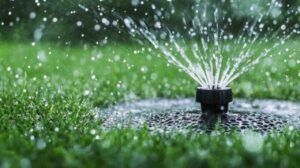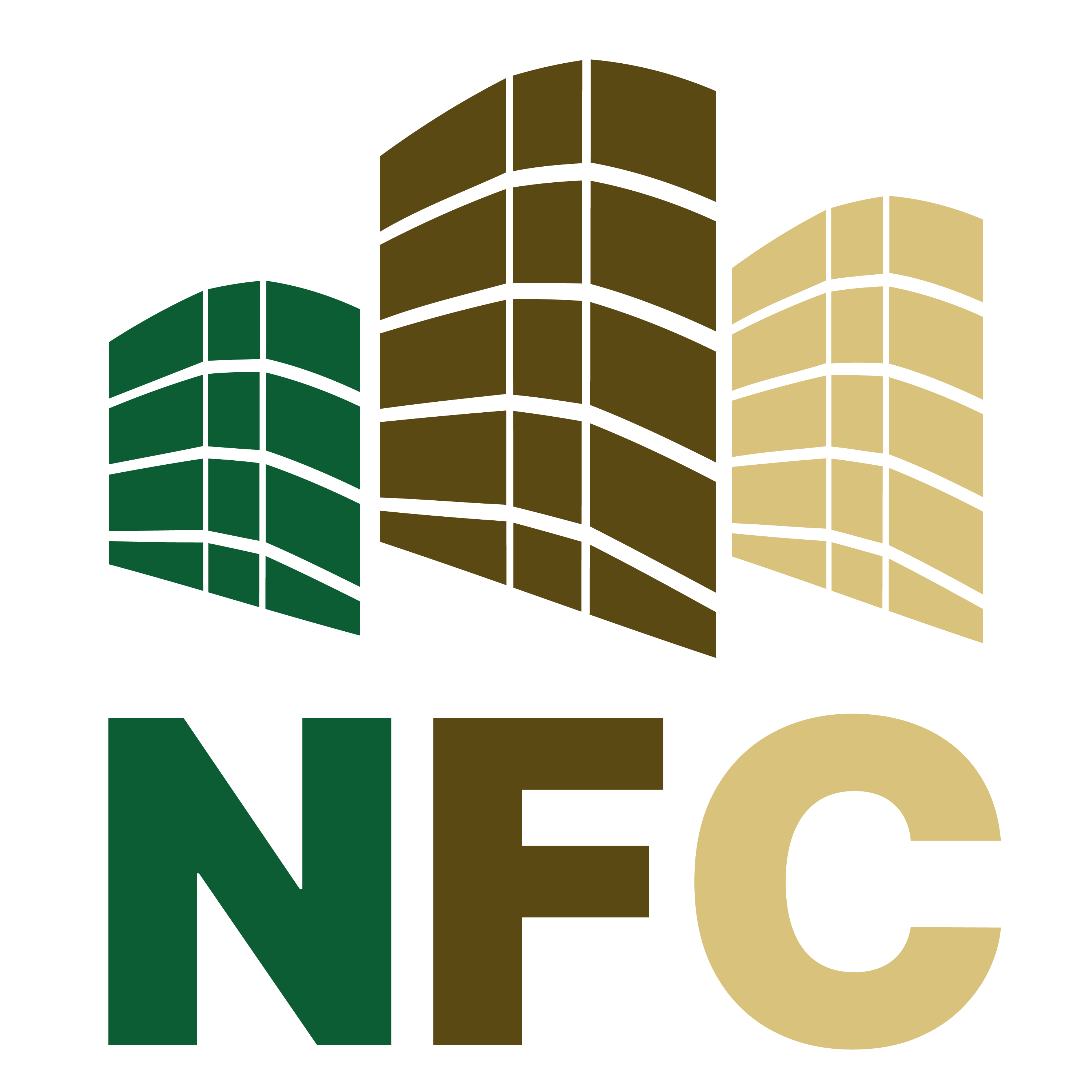Professional Tips for Commercial Lawn Success
Creating and maintaining healthy, visually appealing commercial lawns requires a blend of strategic planning, expert execution, and ongoing attention to detail. These spaces often serve as the first impression for visitors, customers, and tenants, making their care a critical aspect of property management. Below are actionable, field-tested tips to ensure commercial lawns thrive year-round.
Begin with Soil Testing and Preparation
Lawn success begins beneath the surface. Conducting a soil test uncovers essential details about pH levels, nutrient deficiencies, and soil composition. With this information, adjustments like aeration, organic matter addition, or fertilizer application can be implemented. Lawns growing in poorly balanced soil often struggle to maintain density and color.
Mechanical aeration is a must for compacted areas. It creates pathways for air, water, and nutrients to penetrate the root zone. For clay-heavy soils, adding compost or sand may improve structure and drainage.
Choose the Right Grass Varieties
Selecting grass types suited to the local climate and usage patterns plays a significant role in long-term success. For warmer regions, options like Bermuda or Zoysia grass offer heat tolerance and durability. Cooler zones may benefit from Kentucky bluegrass or fescues.
Consulting with a turfgrass specialist or horticulturist helps narrow down choices based on factors such as sun exposure, foot traffic, and maintenance expectations. Mixing seed varieties can increase resilience to pests and environmental stressors.
Set a Strategic Watering Schedule
Improper watering practices, either too frequent or too sparse, can damage turf. A deep watering schedule that encourages root growth is ideal. Lawns require approximately one to one-and-a-half inches of water weekly, preferably delivered early in the morning to minimize evaporation and fungal risks.

Smart irrigation systems with sensors can adjust watering times based on weather conditions. Avoid watering during peak daylight hours or after heavy rainfall.
Focus on Mowing Best Practices
Mowing might seem straightforward, but improper technique can weaken turf. Maintaining sharp mower blades prevents tearing, which makes grass susceptible to diseases. Set mower heights according to the grass type, generally allowing for a cut that leaves about one-third of the blade intact.
Frequent mowing during peak growth seasons keeps thatch under control and ensures clippings decompose quickly. For properties using robotic mowers, verify their settings periodically to avoid scalping or uneven patterns.
Fertilize with Precision
Fertilizer timing and composition should align with the grass type and season. For example, cool-season grasses benefit most from fall applications when root systems are actively storing nutrients for the winter. Warm-season varieties respond well to spring fertilization as growth begins.
Opt for slow-release formulations to reduce the risk of burns and leaching. A spreader calibrated for even distribution eliminates over-concentration, which can lead to patchy or discolored areas.
Combat Weeds and Pests
Weed growth competes with turf for water, nutrients, and sunlight. Pre-emergent herbicides can prevent common invaders like crabgrass from sprouting. Spot treatments with post-emergent herbicides target visible weeds without affecting surrounding grass.
A pest management plan protects against common threats like grubs or chinch bugs. Biological controls, including beneficial nematodes, provide eco-friendly solutions. Avoid overusing chemical pesticides to prevent resistance buildup and harm to non-target organisms.
Prepare for Seasonal Transitions
Seasonal changes require adjustments to lawn care routines. Overseeding cool-season grasses in early fall fills in thin areas, while dethatching and fertilizing warm-season lawns in late spring revitalizes growth. Properly timing these tasks ensures the turf remains lush and vibrant.
Removing leaves and debris during autumn prevents moisture accumulation that leads to mold or fungal outbreaks. Similarly, winterizing irrigation systems and protecting exposed turf from snow damage preserves the lawn’s health until spring.
Use Mulch for Edges and Bare Spots
Mulch serves as a practical and decorative solution for managing bare spots and edges prone to wear. Organic mulches improve soil structure and suppress weeds while providing a uniform appearance. In high-traffic zones, consider gravel or stepping stones to minimize damage.
Monitor and Adjust Regularly
Routine inspections allow for early detection of problems like fungal diseases, irrigation leaks, or turf discoloration. Addressing these issues promptly minimizes repair costs and downtime. Tools like moisture meters, drone imagery, or even smartphone apps can streamline monitoring efforts.
Scheduling quarterly or biannual reviews with lawn care professionals brings valuable expertise to the table. They often spot potential problems that may go unnoticed during day-to-day maintenance.
Integrate Sustainable Practices
Eco-friendly practices not only enhance lawn health but also align with modern sustainability goals. Composting clippings reduces waste while returning nutrients to the soil. Transitioning to electric or battery-powered equipment lowers emissions and operating noise.
Rain gardens and bioswales are attractive options for properties aiming to manage runoff effectively. Planting native species around the lawn’s perimeter promotes biodiversity and creates a natural buffer zone.
Train Maintenance Teams Effectively
A well-trained maintenance team is essential for consistent results. Clear guidelines on equipment use, safety protocols, and task schedules ensure work is performed efficiently. Ongoing training sessions keep staff updated on the latest industry techniques and technologies.
Creating a visual checklist or digital workflow system can help teams stay on track. For larger commercial properties, investing in specialized training programs tailored to specific challenges ensures high standards are met consistently.
Protect Lawns During Events
Commercial lawns often double as event spaces, exposing them to significant wear and tear. Protective measures, such as temporary flooring or turf covers, prevent compaction and damage during gatherings. Assigning designated footpaths and seating zones limits stress on vulnerable areas.
Post-event recovery plans, including aeration and fertilization, restore the lawn’s appearance quickly. Early communication with event organizers allows ample time to prepare and minimize disruptions.
Why Work with National Facility Contractors for Lawn Success
Managing commercial lawns can be overwhelming for facility managers who are juggling multiple responsibilities. National Facility Contractors (NFC) simplifies the process with professional expertise and tailored lawn care solutions. NFC’s team handles every aspect of lawn maintenance, from soil testing and aeration to irrigation management and seasonal transitions, ensuring consistent results.
By partnering with NFC, facility managers can rely on a trusted provider to monitor and address potential issues before they escalate. NFC’s approach saves time, reduces maintenance costs, and enhances the appearance of commercial properties—all while allowing managers to focus on other priorities. With NFC, maintaining healthy and visually stunning lawns has never been easier.
Conclusion
Commercial lawns represent both an opportunity and a responsibility. Property owners and managers who approach their care with dedication and expertise enjoy benefits that go beyond appearance. These outdoor spaces become assets, boosting property value and leaving a lasting impression on visitors.
Ready to elevate your commercial lawn to the next level? Contact National Facility Contractors today for customized solutions that blend expert care with sustainable practices. From soil testing to seasonal transitions, NFC ensures your lawn remains a thriving centerpiece of your property year-round.







